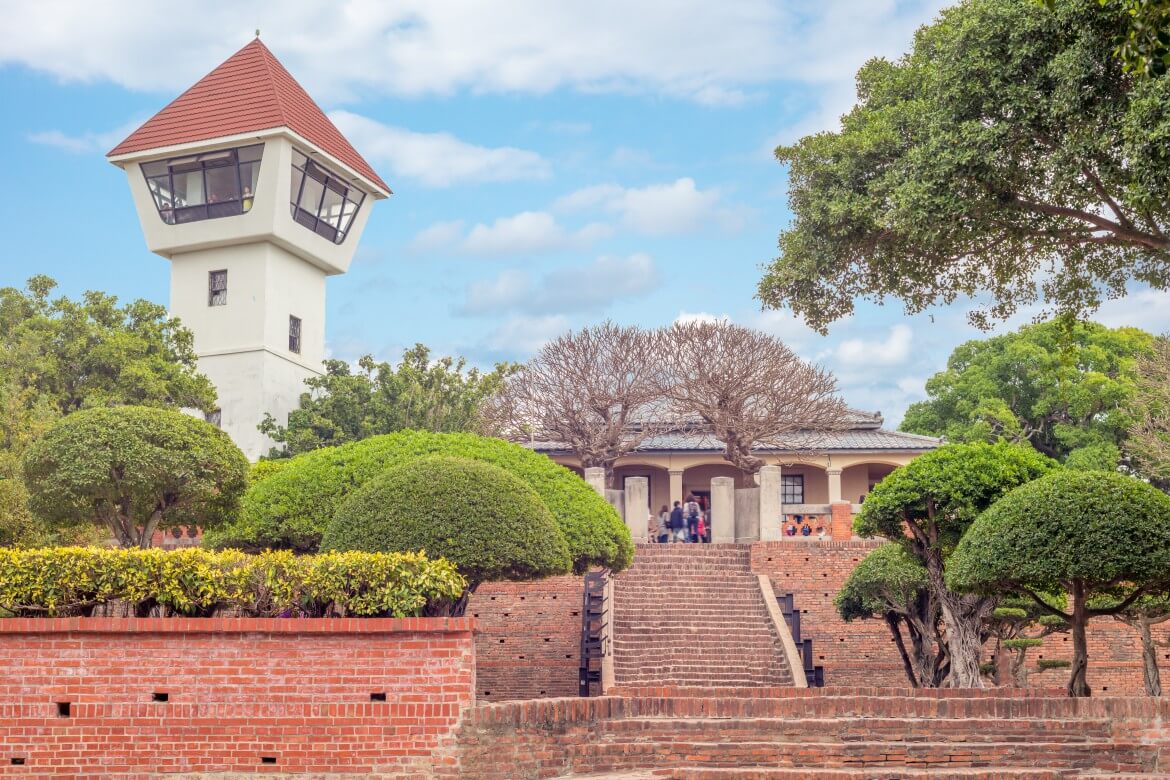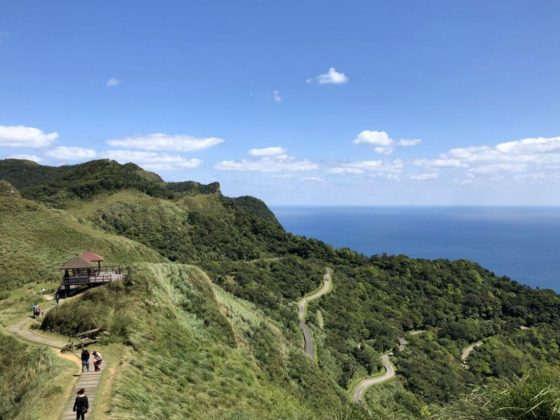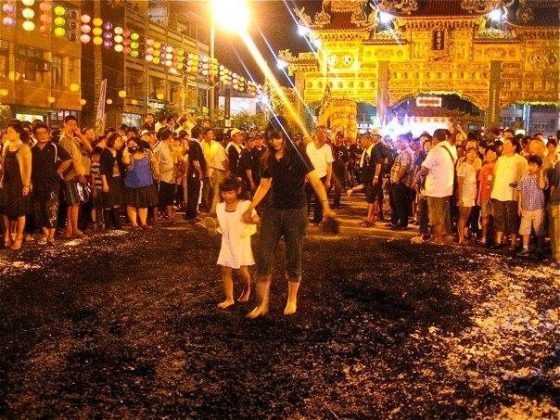Tainan is an Taiwan’s oldest city, and (some say) Taiwan’s most “Chinese” city. Without getting too political, we think it’s safe to say that visitors looking for either a true taste of Taiwanese Culture or something approaching the classic Crouching Tiger Hidden Dragon vibe of ancient China (the two intersect many places) will find what they’re looking for in Tainan.
While steeped in history and culture, 21st century Tainan offers way more than just history and culture. But since these are the most timeless ways to experience Tainan, it seems appropriate to start with these two before moving on.
1. Explore Historical Tainan
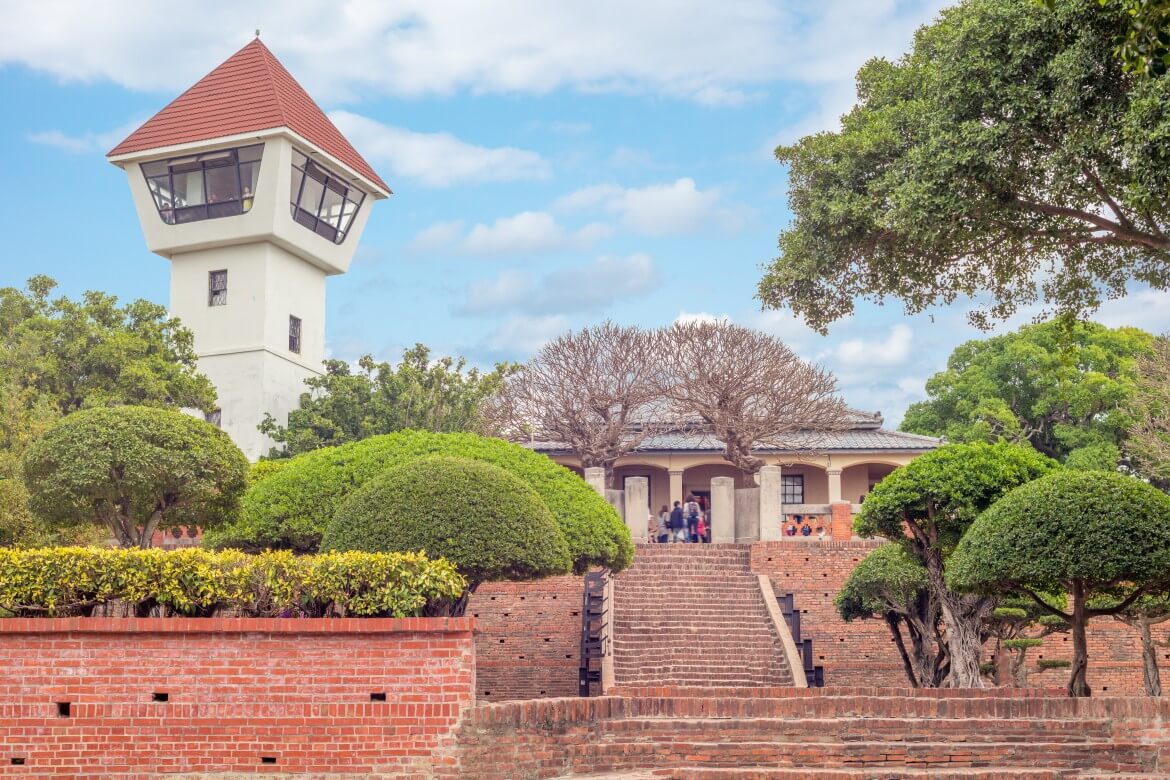
Tainan is more than just Taiwan’s cradle of culture. Thanks to overzealous modernization in most Chinese cities (not to mention their Cultural Revolution, which Taiwan sensibly avoided), a fair argument can be made for Tainan being one of the best places to experience authentic Qing dynasty antiquity on either side of the Taiwan Strait. Among the oldest structures in Tainan is Fort Zeelandia, completed in 1634 and used as an administrative center by the Dutch. Although only some of today’s Fort (called Anping by locals) date back to the 17th century, visitors don’t have to look far to see portions of the original in the walls separating the grounds from the surrounding neighborhood. The neighborhood around the fort are a treasure trove of Qing-era architecture for those who take the time to look. Spots in the area worth exploring include Haishan (Sea Mountain) Hostel, the Anping Tree House (also known as the Talt & Co. Merchant House) and the Former Julius Mannich Merchant House.
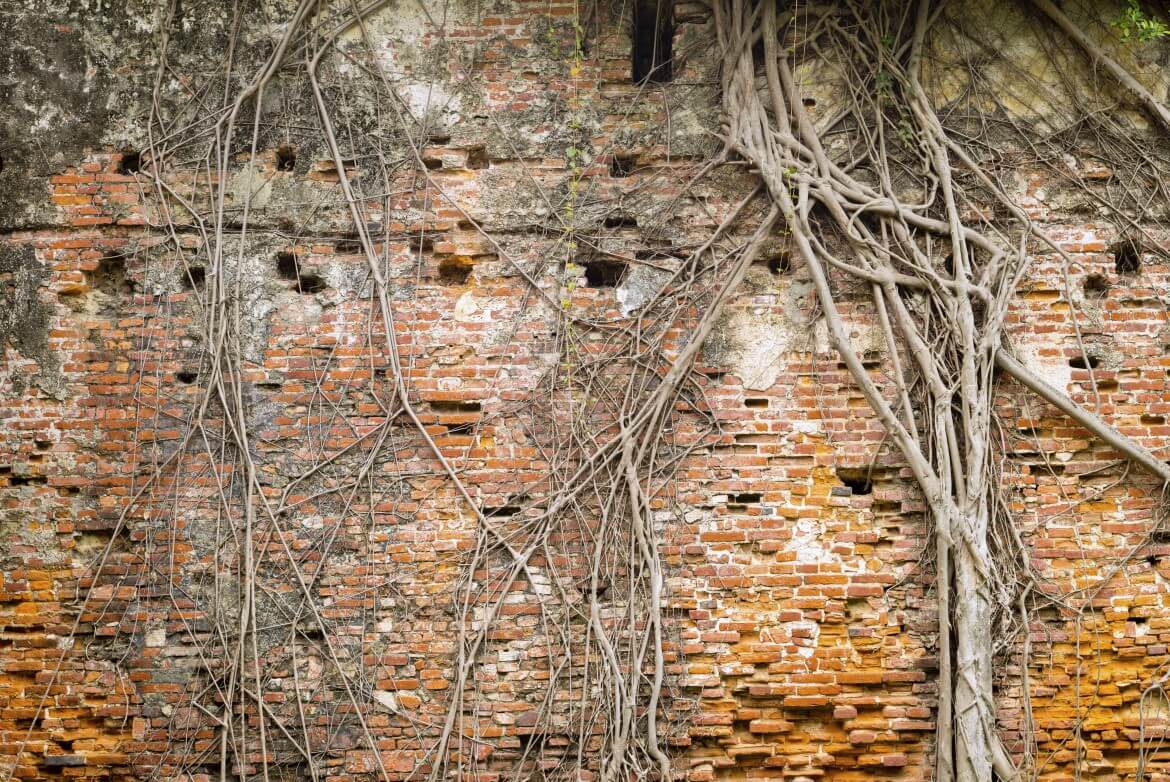
History buffs who prefer to do their time traveling in an air conditioned environment should head over to the National Museum of Taiwan History, which having just opened in 2011 is an architectural baby in Tainan years. The museum has over 60,000 relics, maps, charts and documents and displays on the history of Taiwan ranging from prehistory to the present day, and several exhibits that children will especially enjoy. (Magic time-traveling train, anyone?) There’s a great mix of new and old Taiwan on display throughout the museum – which really could take a half day to explore properly – but the building itself is totally modern. The National Museum of Taiwan History is also among the most handicapped-accessible public spaces in Tainan, making it a great choice for those with mobility impairments in a city filled with ancient splendor.
2. Explore Spiritual Tainan
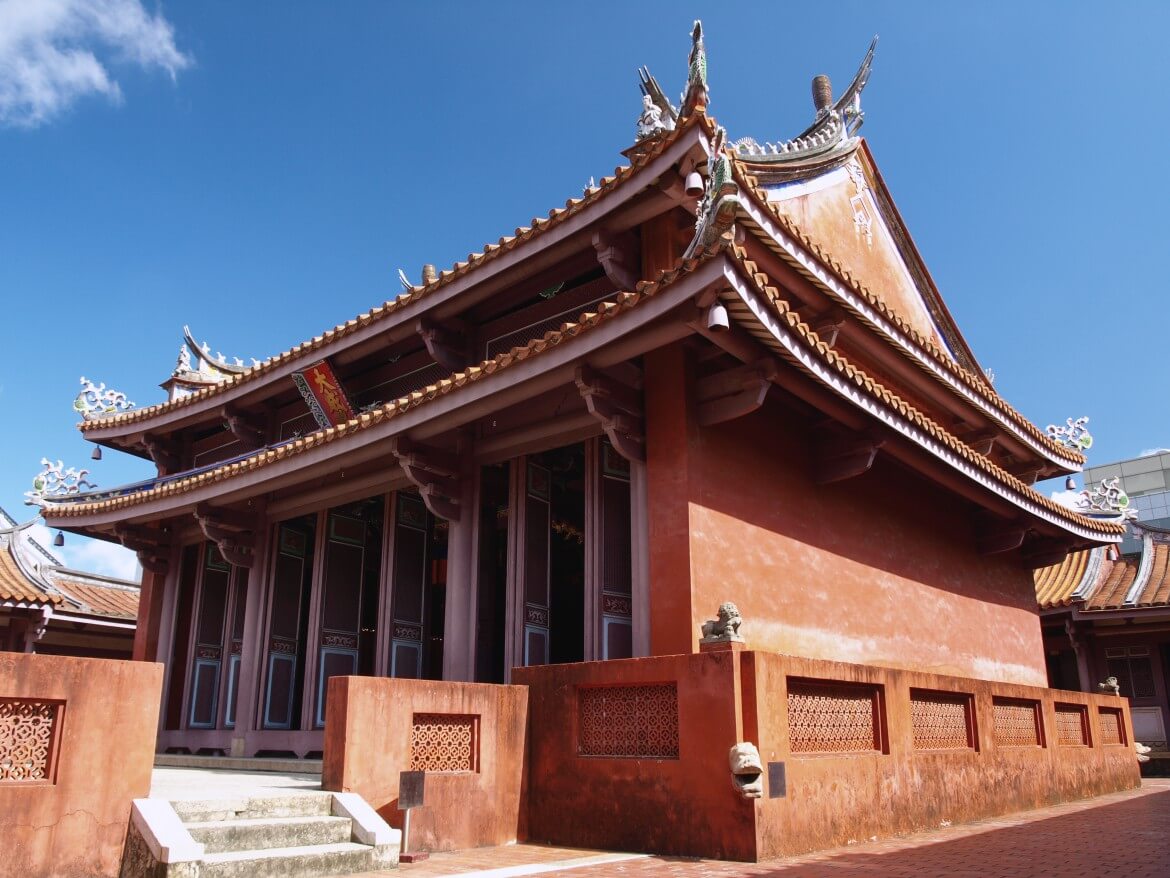
Temple hopping is one of the main things that brings people to Tainan, and in the future we’ll likely run a whole article devoted solely to on Tainan’s amazing Temples. For now, we’ll just list our three personal “must visit” Tainan city temples. The first of these also happens to one of Taiwan’s oldest. The Guan Gong Temple was originally constructed in 1665, and while consecrated to the Martial Deity Guang Gong, like many Taoist temples there are multiple altars throughout the complex dedicated to multiple gods. (There’s even a smaller temple across the street dedicated to Guan Gong’s horse.) If you’re looking for more ancient Chinese culture than you can shake a joss stick at under one roof, this is the temple to visit. Not too far off is another of Tainan’s most revered (and ancient) spots, the Fu Cheng Huan (City God) Temple. Built in 1669, is dedicated to the god of the underworld. It’s a bit darker than most other temples, and this is intentional. Meant to recreate a feeling of being beyond the world of the living, the temple has a distinctly otherworldly vibe. And of course, Tainan’s Confucius Temple (begun in the same year as the Guan Gong Temple and enlarged and restored several times since) is both the oldest and, many say, the best preserved Confucius Temple in Taiwan. The buildings of the temple itself surround a large and extremely pleasant courtyard filled with trees nearly as old as the temple itself. You can visit all three of these temples in a day, as they’re all within reasonable walking distance. (Read More: 13 tips for having a deeper Taiwan Temple experience)
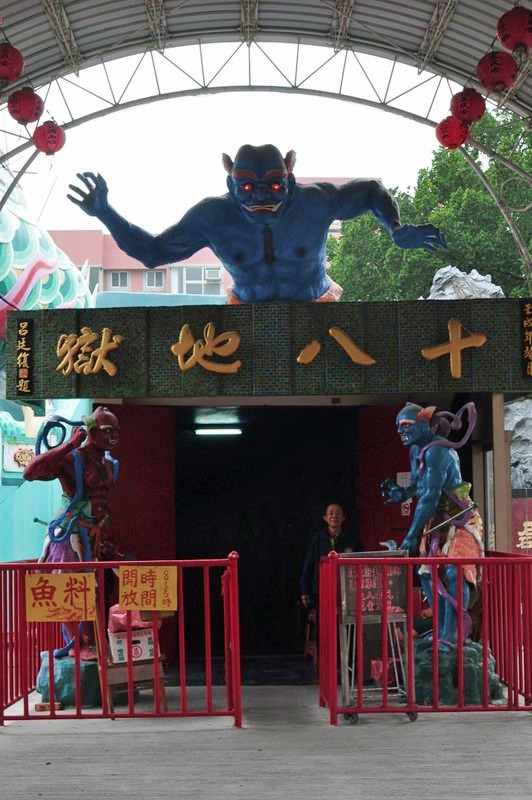
Finally, if you’re up for the journey, head out to the Madou District to visit the Madou Daitian Temple. It’s not a stretch to say that the Madou Daitian Temple is really two temples in one, and both are extremely unique. The outer temple, which resembles a multiple story dragon’s egg, is covered with representations of the various incarnations of the Buddha. Inside of this, and an attached main hall are countless manifestations of heavenly beings, deities and other figures from China’s lengthy and deep theological culture. (Naturally, there’s a long dragon in whose mouth you’re free to wander.) But the strangest part lies around back, where a staircase leads down through a sort of guided tour of Taoist hell featuring eighteen separate moving exhibits designed to give visitors a taste of the very specific torments awaiting evil-doers in the afterlife. While not for the faint of heart, this temple is definitely fun and educational!
3. Explore Culinary Tainan
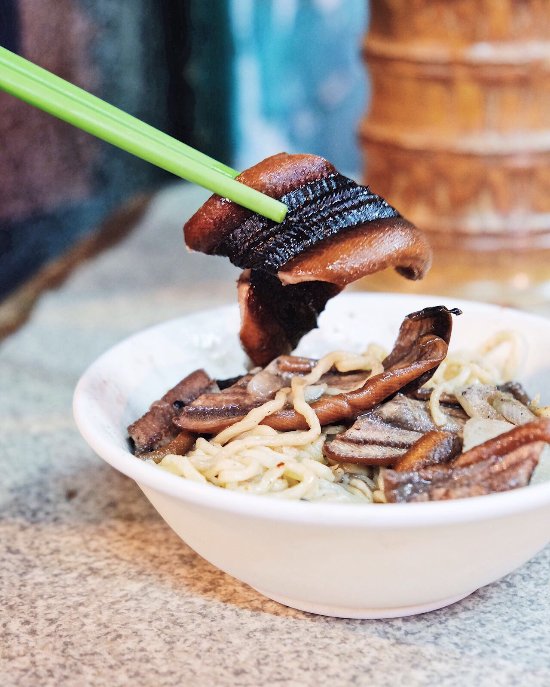
Though Taiwanese cities in general are good places to visit solely for food, Tainan happens to be an exceptionally great city for those whose idea of a good time is to stroll, eat and repeat. Unlike most other cities in Taiwan where night markets (arguably) take center stage in any sort of movable feast experience, Tainan isn’t really known for its night markets. There are a few, most notably the 花園夜市 or “Garden Night Market” (only open on Thursday – Sunday), but for our money the best way to have a full on Tainan culinary experience is through ye olde restaurant crawl (like a pub crawl, but with food). The West Central District is one of our favorite areas for restaurant crawling, as there are tons of restaurants where you can stop in for small dishes. Section one of Hai An road is a good place to start – there are a bunch of good BBQ places, bars, noodle shops and other spots along the boulevard. Dipping in an out of the various alleyways will bring you to more food carts and small stalls than you can shake a stick at, including spots to get Taiwanese classics like beef noodle soup alongside more local “Tainan classics” like xia juan (蝦捲, or shrimp roll) and shan yu yi mian (鱔魚意麵, a fish noodle soup in an amazing broth).
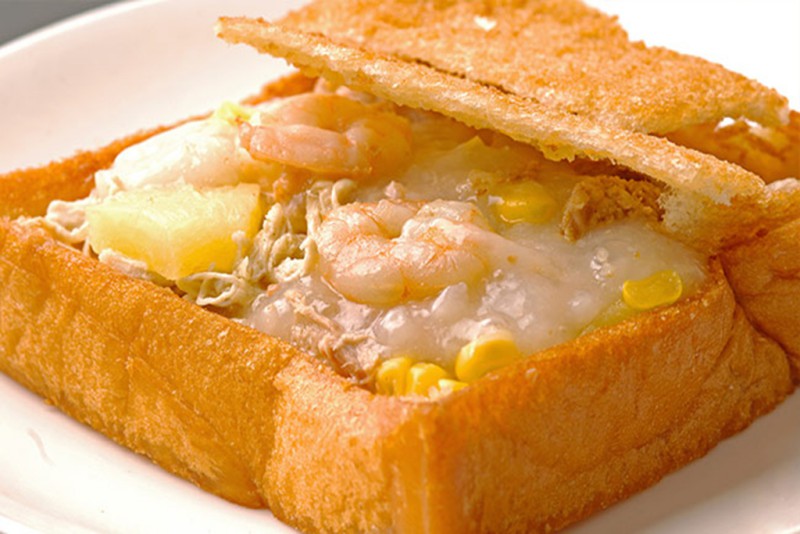
One “only in Tainan” classic that’s getting harder to find (even in Tainan) is guan cai ban, (棺材板, or coffin toast bread). You can still find it at the ChiKan Eatery inside the Kangle market on the NE corner of Hai An and You Ai. It’s definitely a Tainan thing; read more about it at 8 Taiwanese foods that you don’t even know you need to try (yet)!).
4. Explore Hipster Tainan
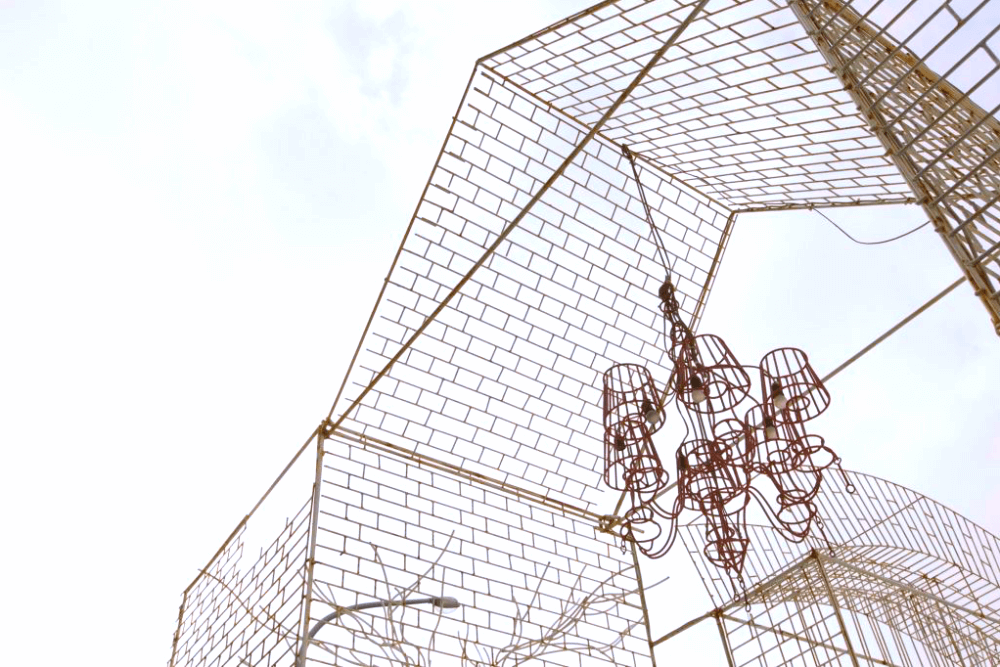
In recent years, Tainan has become known as the cool place to live for artists, musicians and young people who are looking to escape the high rents and “work to live / live to work” ethos of Taipei (and aren’t quite ready to ditch civilization entirely by moving to Dulan). As a result, Tainan has an inordinate number of cool coffee shops offering single origin coffee brewed by the cup, small bars and pubs run by (and catering to) the cool crowd. On any given evening you’ll see 20-somethings riding fixed gear track bikes through the city’s winding streets and alleys, and musicians performing in the city’s plazas and parks. Zhengxing St and the surrounding West Central District is a good place to start, as there are a number of cool coffee shops in the neighborhood, as well as a pedestrian mall that sometimes has live music. The Blueprint Culture and Creative Park (just across from the Shinkong Mitsukoshi Department Store) is a hub of shops, art studios and cultural happenings located on the grounds of a former prison dormitory. Most weekends you’ll find events happening at nearby Shueipingwun Park, which is a nice spot to hang out in the evenings.
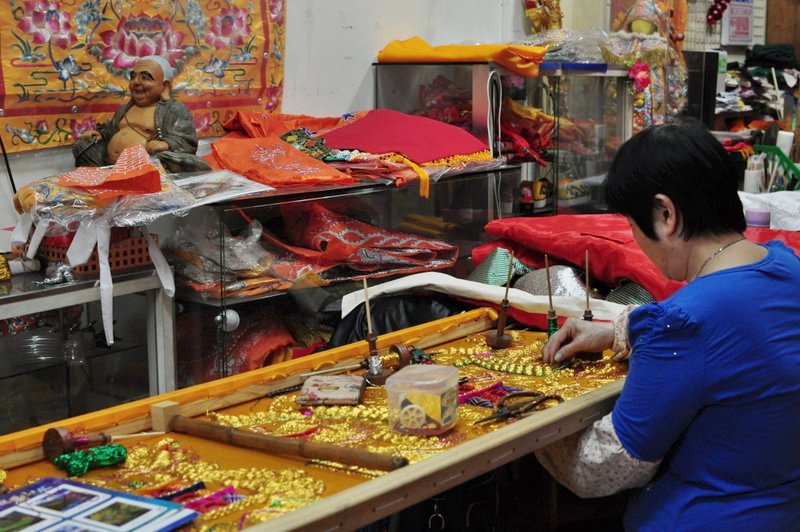
Of course, as anyone’s whose ever spent time in a Portland coffee shop listening to vinyls records while enjoying single-origin coffee made by the cup will attest, doing things the old-fashioned way is part of the hipster ethos. So why not head over to the Guangcai Embroidered Craft Shop (府城光彩繡莊) to watch traditional temple tapestries being made? (They offer courses in traditional Taiwanese embroidery as well.) Afterwards, you can head over to the Quanxing Tatami Shop (泉興榻榻米) to watch the proprietors make traditional Tatami mats by hand, a laborious process that some will find inspirational. (Read More: Exploring the History, Handicrafts and Culture of Tainan City)
5. Explore Natural Tainan
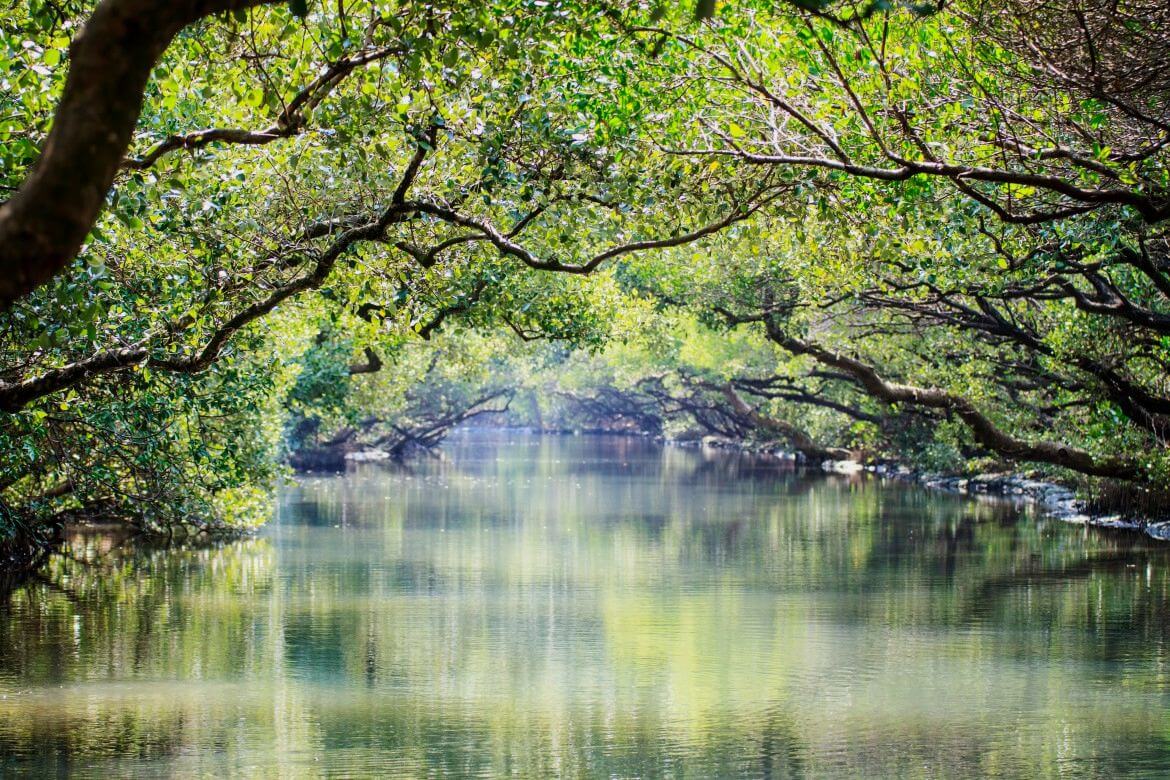
Tainan doesn’t enjoy quite the same reputation for natural beauty as some of Taiwan’s other counties. We can only assume that this is because the name Tainan is so closely associated with the history & culture of Tainan city that most people forget there’s even a Tainan county. But there is, and Tainan county is so totally worth visiting that you’d be forgiven for skipping the city itself to spend more time in nature. One of our favorite spots in Tainan county is the Meiling Scenic Area, which lies in the Nanxi district just south of the Zengwen Reservoir (which is worth visiting itself, though technically speaking it’s in Chiayi country). There are excellent day hikes, spots to check out fireflies and cherry blossoms (in season), and if the weather is right you may even get a chance to gaze upon a sea of clouds floating beneath your feet. Another great spot is the Wushan Macaque Natural Reserve, on the border of Tainan and Kaohsiung Countes. The nature preserve is filled with hiking trails, flora and fauna, temples and a Buddha statue, but its star attraction is the large congregation of macaque monkeys who call the place home.
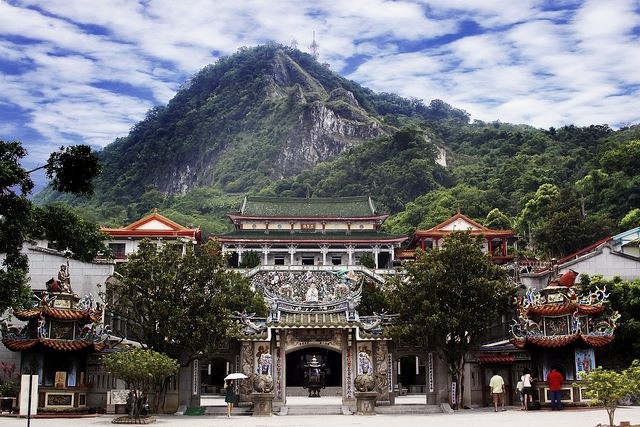
Finally, the northern Baihe district is home to the Guanziling scenic area. A lovely little mountain town that’s something of a hidden gem of southern Taiwan, Guanziling is best known for its natural hot springs, which have a high mineral content and a distinctly relaxing vibe.
Experience Tainan as part of MyTaiwanTour’s Southern Taiwan 5 Day Fun Tour or let MyTaiwanTour create a customized Tainan tour just for you!

